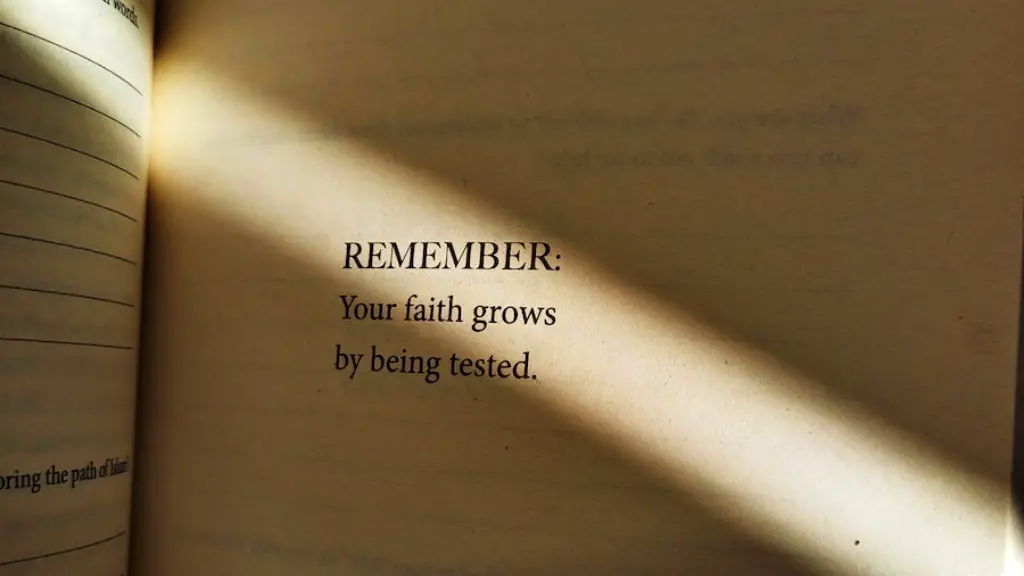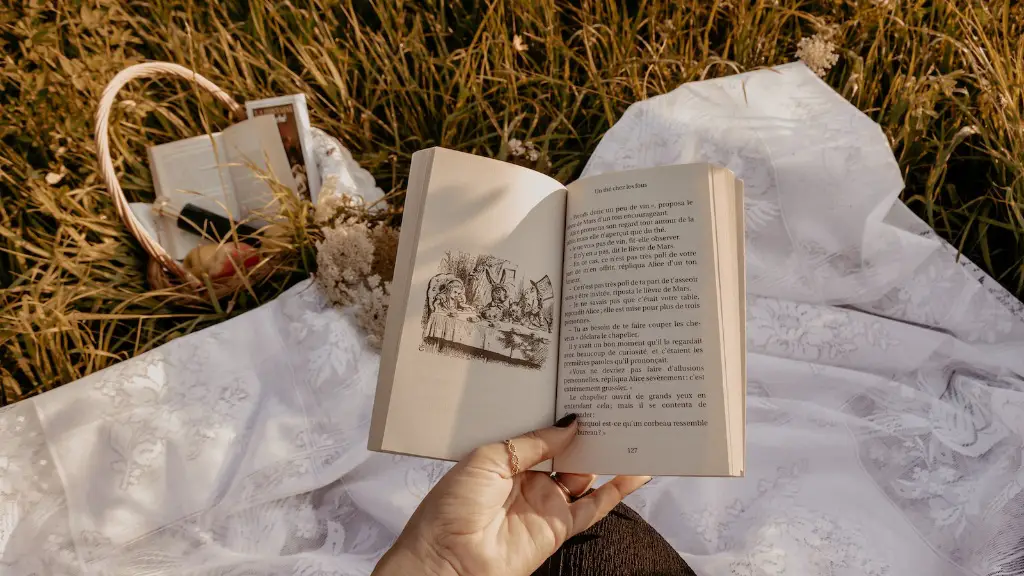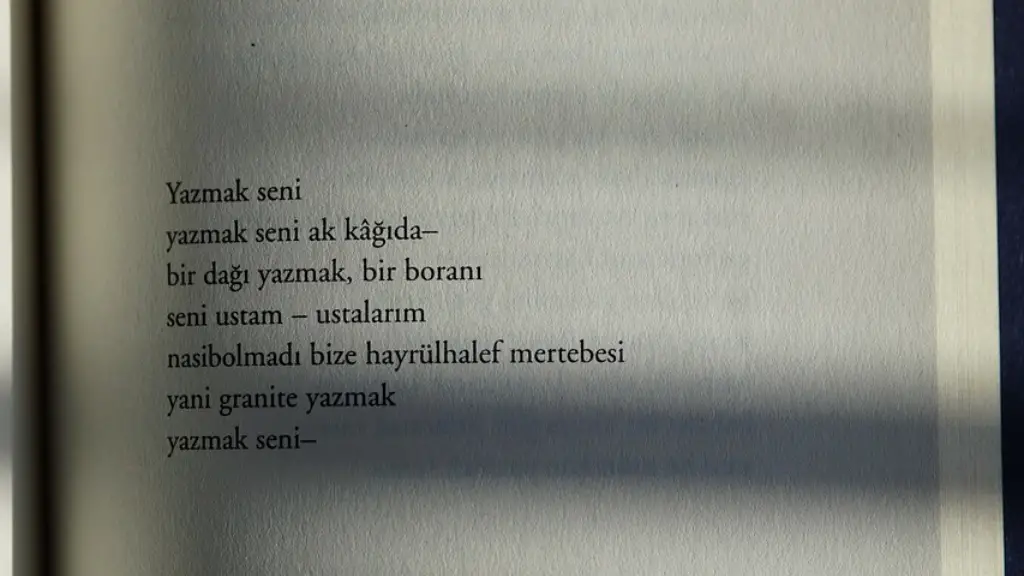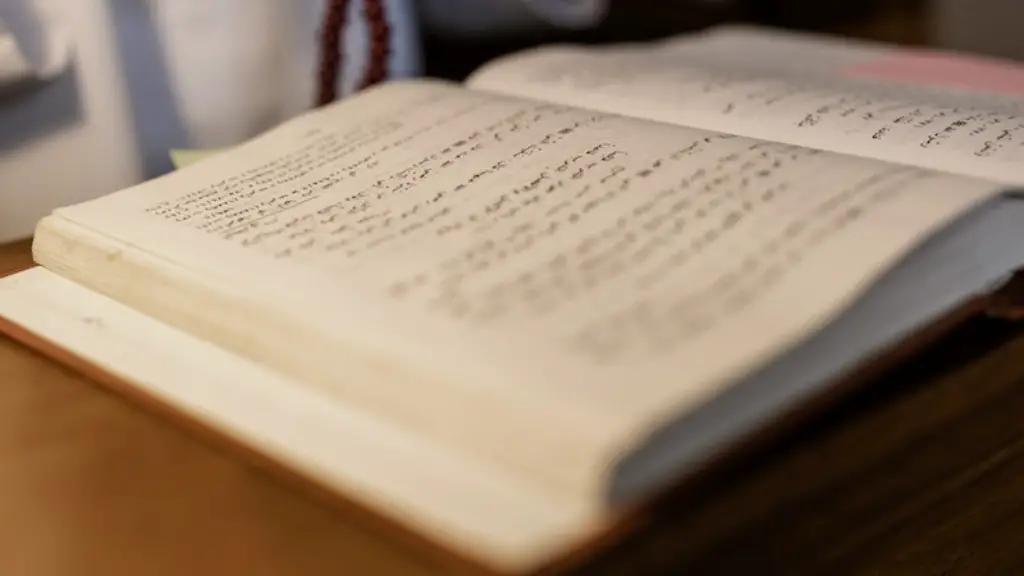How to Understand Poetry Better
For most readers, poetry can be a challenging and intimidating genre to understand. Many struggle to make sense of figurative language, complex literary devices, and metaphors. As a result, these readers feel frustrated and unable to appreciate the beauty of a poem. However, with a little guidance and understanding, these readers can overcome this challenge and begin to appreciate poetry in its true beauty.
To understand a poem better, readers should start by paying close attention to the words and language being used. Study the poem line by line and look at the placement of words to try and understand what the poet is saying in each line. A great way to interpret a poem is to interpret it as a story. Pay attention to the characters, mood, setting and plot of the poem and consider if it narrates a journey or an experience of some kind. Through understanding the different elements of a poem, the reader can build a narrative of the entire poem.
In addition to being attentive to the words in the poem, readers should also consider the literary techniques used. Poets often employ literary techniques in their works to express ideas more effectively and vividly. Common techniques used include alliteration, personification and similes. Noting down the techniques used can be a great way to gain a better understanding of the poem and its message. Finally, readers should also pay attention to the figurative language used. Poetry is often filled with metaphors and imagery that create vivid descriptions and generate a vivid picture in the reader’s mind. Through examining this figurative language, readers can gain an understanding of the poet’s emotions and intentions.
Once armed with an understanding of the words, techniques and figurative language used in a poem, readers should also pay attention to the sound. Poems are meant to be read aloud and by reading the poem aloud, readers will be able to notice the poet’s rhythm and rhyme and understand it better. Noticing the sound of the poem can help to appreciate the poem as a piece of art.
Finally, readers should also pay attention to the title, structure and length of the poem. The title can give readers insight into the poem’s theme, structure and length can help readers understand the relationships between different parts of the poem, and even influence their interpretations of the story. Thus, by looking at the whole poem, readers will be able to build a better understanding of the poem’s meaning and narrative.
Develop an Interest in Poetry
For readers to understand poetry better, they should also develop an interest in reading and understanding poems. A great way to do this is to read and listen to a variety of poems in different styles and genres. Through reading more poems and familiarizing oneself with the different forms and styles, readers will be more comfortable when it comes to understanding a poem. Reading biographies of famous poets and exploring the poet’s motivations and context can also be a way to gain insight into a poem’s meaning. Furthermore, it is also important to discuss poems with others and to read interpretations made by peers and scholars.
In addition to reading and listening to poems, readers should also get involved in writing poetry and observing the effects of their writing. Writing poetry allows readers to explore the different elements of a poem and gain insight into how they can create engaging and meaningful poetry. Finally, readers should also keep an open mind when exploring poems. Every poem is unique and each reader will interpret the poem differently. Keeping an open mind will help readers be more open to different interpretations and understand the poem in its full beauty.
Use Different Sources as Reference
To gain a deeper understanding of a poem, readers should also use different sources as reference. In addition to print versions of poems, readers should look for digital versions that can be explored interactively. Digital versions of poems often have accompanying annotations and notes that can provide insights into the poem’s meaning and context. Furthermore, there are also a variety of websites and online resources that are available for readers to explore. These websites are often populated with discussion groups and forums where readers can discuss their interpretations with others.
Finally, readers should also consider the poem in its proper cultural context. Poems are often written with a specific audience in mind and the poet’s writing will often be influenced by the culture and background of the poet or audience. Exploring the poem in the context of the poet’s culture and background can help to understand the poem better.
Practice and Recite Poems
One of the best ways to understand a poem better is to recite it aloud. By reading the poem aloud, readers are able to appreciate the different rhythm and rhyme of the poem. Furthermore, reading aloud also helps engage the reader and can help bring out more emotions from the reader and thus increase their understanding of the poem. Additionally, readers should also practice reciting poems with others. Through reciting poems with peers, readers are able to compare and contrast interpretations and perspectives, and gain insight into different perspectives.
Reciting a poem can also help readers to contextualize the poem better. Through sharing the poem with others, readers can gain a better understanding of the poem’s context as well as the cultural and social context in which the poem was written. This can help to provide additional insight into the poem’s meaning and enhance the reader’s understanding of it.
Keep a Poetry Notebook
Finally, readers should also consider keeping a poetry notebook. Keeping a poetry notebook allows readers to document their thoughts and interpretations on a poem. Readers can also document observations on the poet’s craft and language. Through documenting ideas, readers will be able to return to the same poem multiple times and gain a deeper understanding of it. Furthermore, by noting down observations and thoughts in a notebook, readers will also be able to gain insight into their own interpretations and will be able to understand how their thoughts on a poem evolve over time.
In conclusion, understanding poetry can be a challenge for many readers. However, with a little guidance and understanding, readers can begin to appreciate and understand poetry better. By examining the words, techniques, and figurative language used in a poem, and looking at the poem in its proper context, readers will be able to appreciate the beauty of a poem.



